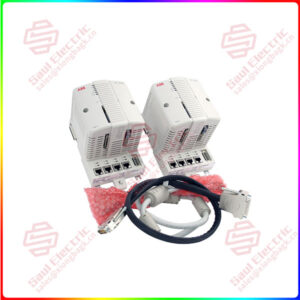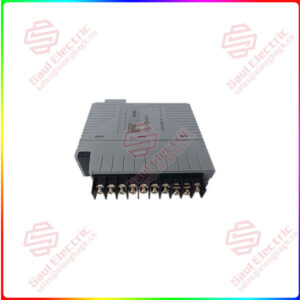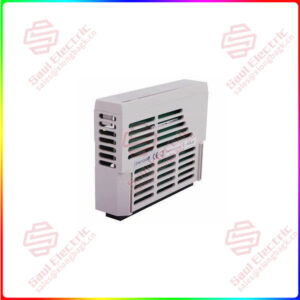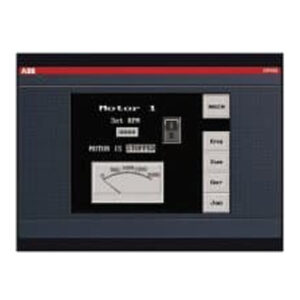Description
Overview
Essential details:323174-01 ADAPT (ESD) Emergency Shutdown Device
lf you need to inquire or purchase ,please send the product models to my email or call medirectly .
sunny He
[Email] sales@xiongbagk.cn
[Mobile] 86-18059884797
[WhatsApp] 86-18059884797
[Skype] sales@saulcontrol.com
323174-01 ADAPT (ESD) Emergency Shutdown Device
The working principle of thyristor module is based on its internal PN junction structure. It has a main pole (Anode), an auxiliary pole (Cathode), and a control pole (Gate). When there is no voltage between the main pole and the auxiliary pole, the thyristor is in the off state and the current cannot pass through. However, when a sufficient positive pulse voltage is applied to the control pole, the thyristor is activated and enters the on-state, where current can flow between the main and auxiliary poles. Once the current begins to flow, the voltage on the control pole can be reduced to a low level to maintain the on-state of the thyristor. To return the thyristor to the off state, a negative pulse is applied or the voltage between the main and auxiliary poles is reduced to zero.
Thyristor modules have a wide range of applications in many fields, including but not limited to power electronics, lighting, induction stoves and electric vehicles. In the field of power electronics, it is mainly used for the conversion, regulation and control of AC power supply, such as motor starting, speed regulation and braking, electrical heating, welding, electroplating and other industries of power control, as well as AC transformer control and regulation. In the field of lighting, thyristor modules can be used for the regulation and control of LED lighting to achieve accurate control of the brightness, color temperature and flicker of the light. In the field of induction cooker, it is one of the core components, by controlling the direction and size of the current to achieve the heating and control of induction cooker. In the field of electric vehicles, thyristor modules also have important applications.


 1 Year Warranty
1 Year Warranty




